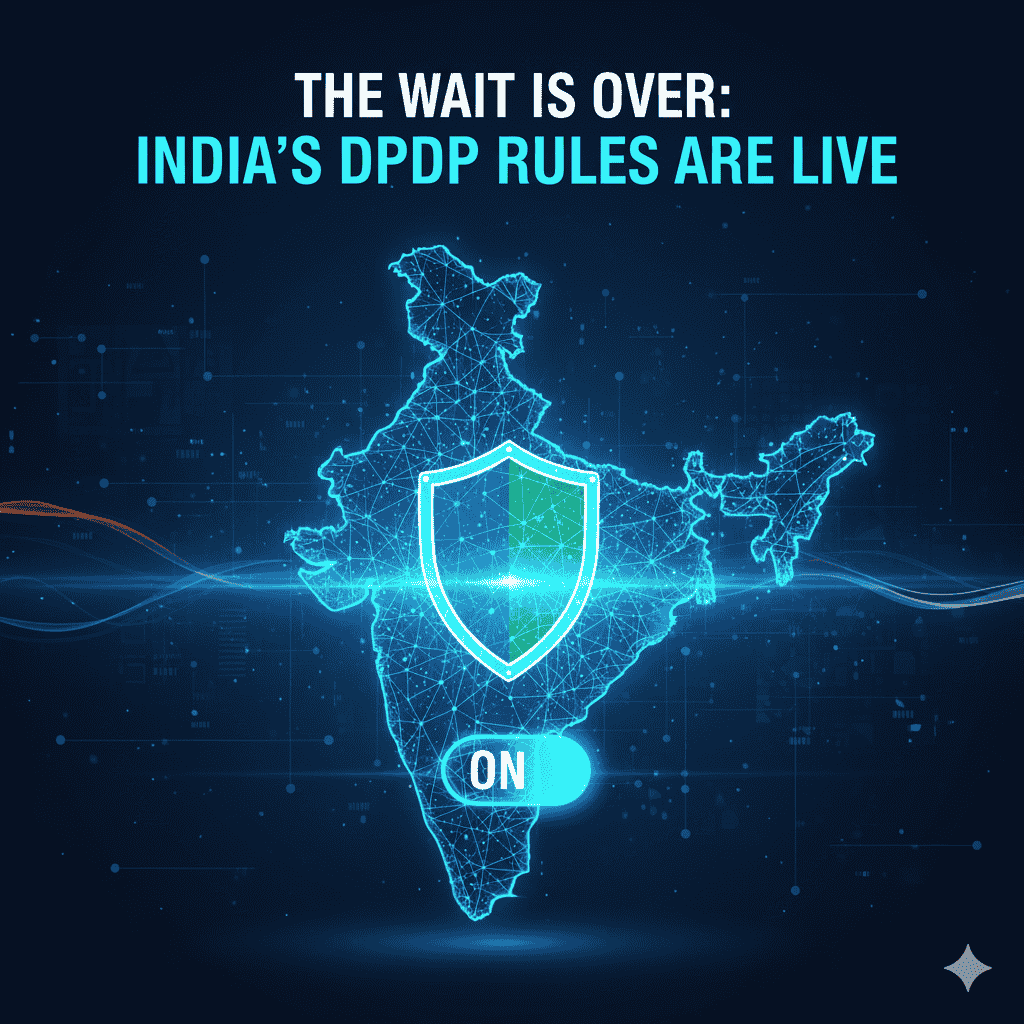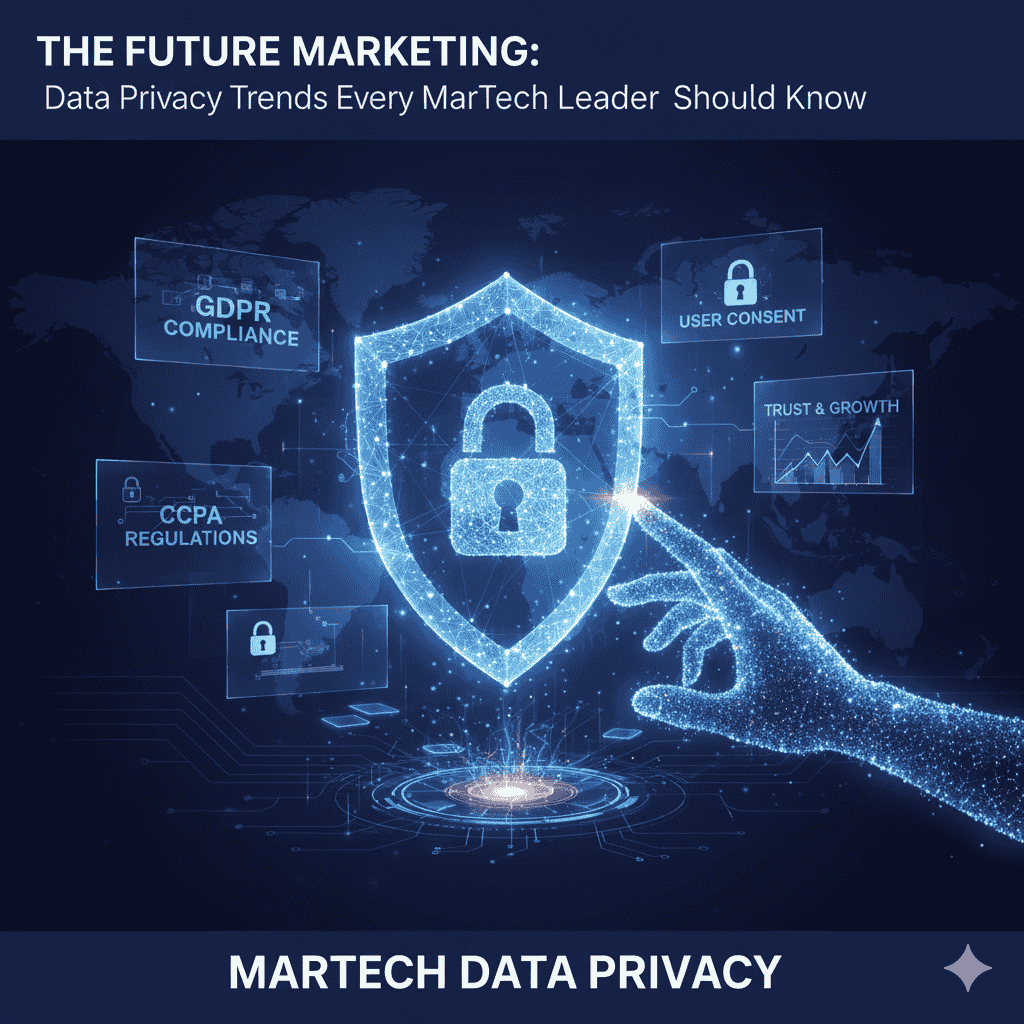In today’s digital economy, where data is often referred to as the “new oil,” consumer perspectives on data privacy are shaping the way businesses operate. As technology advances and data collection methods become more sophisticated, marketers must grasp the evolving landscape of consumer expectations regarding privacy.
The Growing Concern for Privacy
Recent surveys indicate that consumers are increasingly aware of how their data is collected, stored, and used. High-profile data breaches and scandals have ignited public concern over personal information security, leading to a demand for transparency. A 2023 survey revealed that 79% of consumers are concerned about how their data is utilized by companies, and this skepticism influences their purchasing decisions.
Key Drivers of Consumer Concern
- Trust Erosion: Many consumers feel that companies do not prioritize their privacy. Trust is paramount; once broken, it can be difficult to regain. Brands that have experienced data breaches struggle to win back consumer faith.
- Lack of Control: Many people feel they lack control over their personal information. They want to know what data is being collected and for what purposes, leading to a demand for clearer consent mechanisms and opt-in options.
- Legal Frameworks: Increasing regulations like GDPR in Europe and CCPA in California have raised the bar for data privacy. Consumers are becoming more knowledgeable about their rights and the legalities surrounding data use, leading to greater expectations for compliance and transparency from brands.
Consumer Preferences in Data Usage
Consumers are increasingly expecting companies to demonstrate ethical data practices:
- Transparent Policies: Clear and accessible privacy policies that explain data collection and usage are crucial. Brands should be open about the kind of data they collect and what they do with it.
- Personalization vs. Privacy: While many consumers appreciate personalized experiences, they are often wary of the methods used to achieve them. Marketers must strike a delicate balance between providing tailored content and respecting consumer privacy.
- Opt-In Consent: Many consumers prefer opting in rather than being automatically enrolled in data collection programs. Implementing user-friendly opt-in mechanisms can enhance trust and foster positive relationships.
Strategies for Marketers
To adapt to these shifting consumer perspectives, marketers should consider the following strategies:
- Enhance Transparency: Use straightforward language in privacy policies and provide regular updates to consumers about data practices. Transparency fosters trust.
- Respect Consumer Choice: Create clear opt-in and opt-out options. Allowing consumers to control their data preferences can empower them and enhance brand loyalty.
- Educate Consumers: Offer resources that explain data privacy issues. A well-informed consumer is more likely to trust a brand that takes the time to educate them.
- Invest in Security: Prioritize data security measures. Demonstrating commitment to protecting consumer information is a key step in building trust.
- Leverage Privacy-First Technologies: Look for technology solutions that prioritize privacy. For instance, using anonymization techniques can help marketers glean insights without compromising individual privacy.
Conclusion
As consumers grow more discerning about data privacy, marketers must evolve their strategies to align with these expectations. Understanding consumer perspectives on data privacy is not just a compliance issue; it’s a vital component of building long-lasting, trust-based relationships with customers. By prioritizing transparency, security, and ethical data practices, marketers can navigate the complexities of the digital marketplace and cultivate a loyal consumer base in an environment increasingly focused on privacy.








